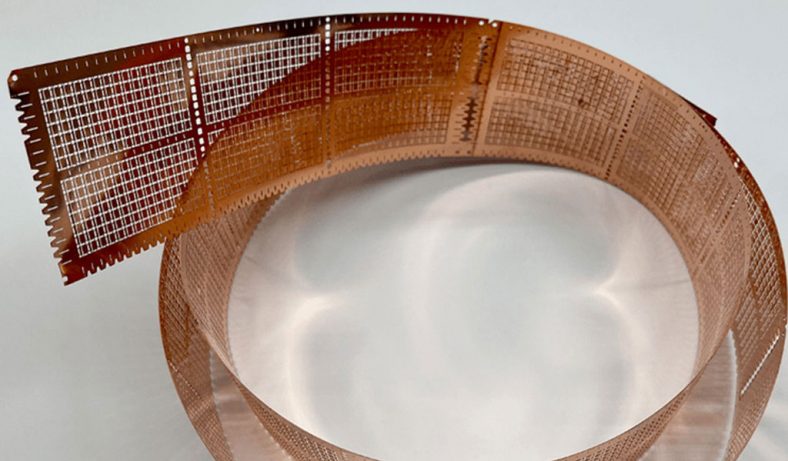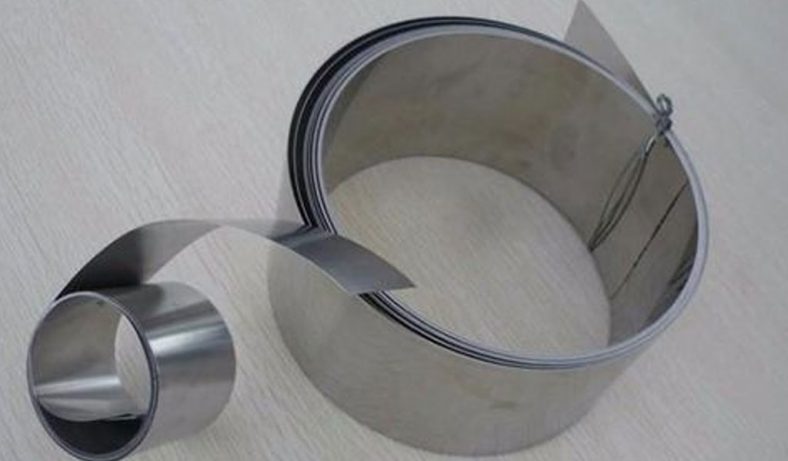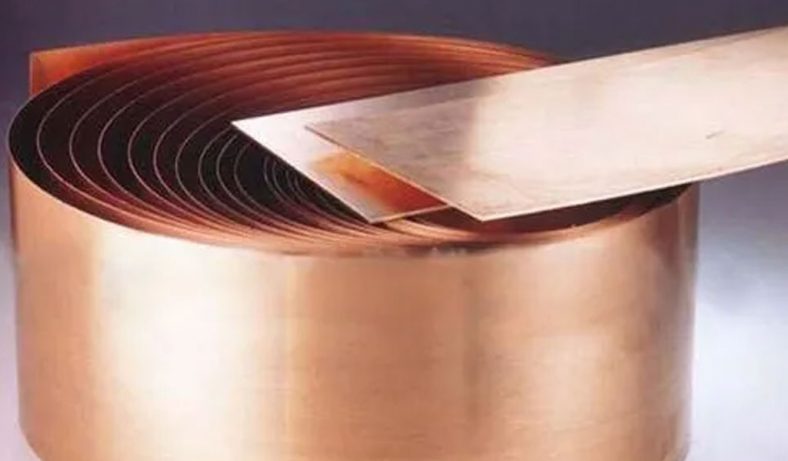Homepage » Metal Etching »

Iron Etching
Iron etching is a specialized technique used to create intricate designs, patterns, or text on iron surfaces. It involves the controlled removal of iron material using chemical processes. This technique has historical significance and practical applications in various fields, from art and craft to industrial manufacturing.The origins of iron etching can be traced back to ancient civilizations where metalwork played a crucial role in daily life and cultural expression. Early forms of etching were likely discovered accidentally, as artisans observed the effects of naturally occurring acids on metal surfaces.
Over time, these accidental discoveries were refined into deliberate techniques.Iron etching’s documented history begins in the medieval period, with notable advancements in the Middle East and Europe. Islamic artisans were among the first to develop sophisticated metalworking techniques, including etching.
They used strong acids to create intricate designs on weaponry, armor, and decorative objects. These methods were gradually adopted and modified in Europe during the Renaissance.
In Europe, etching gained prominence as an artistic and practical technique. The process was used to decorate armor and weapons, which were often displayed as status symbols. Etched designs added both aesthetic value and functional information, such as the maker’s mark or the owner’s insignia.The Renaissance era saw significant advancements in etching techniques, particularly with the introduction of more precise and controlled methods.

Artists and craftsmen like Albrecht Dürer and Daniel Hopfer played crucial roles in popularizing etching. Dürer’s intricate prints demonstrated the potential of etching for detailed and expressive art.During the 16th and 17th centuries, the use of iron etching expanded beyond weaponry and armor to include scientific instruments, household items, and architectural elements. The development of printing technologies also benefited from etching, as it allowed for the reproduction of detailed images and texts.
Top-Grade Iron Etching Service – Cost-Effective Iron Etching Parts
Looking for reliable, quick-turn Iron Etching services suppliers and metal etching product manufacturers? With advanced chemical etching and acid etching production line, our unparalleled design and production capacity capabilities guarantee premier OEM Iron Etching Parts to worldwide customers. At BE-CU – China Top Metal Etching Supplier, you can find comprehensive certified chemical etching process in iron materials for rapid prototyping and low-volume production of end-use components or full item.

Our Etching Capabilities
- Etching of many grades of Iron
- Combining Stamping, Laser Cutting,CNC machining and photochemical etching on sheets up to 2mm thick
- Etching of up to 0.025″ thick sheets as large as 22×12 inches
- Tolerances of ±.0005″ in many applications
Properties of Etching Iron
Iron etching is a process that involves the controlled removal of iron from a surface using chemical agents, typically acids. Understanding the properties of the materials and reagents involved in iron etching is crucial for achieving desired results. This section explores the properties of the materials, chemicals, and the resulting etched iron surfaces.
Physical Properties
- Density: Iron has a density of approximately 7.87 g/cm³, which contributes to its strength and durability.
- Melting Point: The melting point of iron is around 1538°C (2800°F), making it suitable for high-temperature applications.
- Hardness: Iron exhibits a moderate hardness, which can be enhanced through alloying and heat treatments.
- Magnetic Properties: Iron is ferromagnetic, meaning it can be magnetized and is attracted to magnets.
- Electrical Conductivity: Iron is a good conductor of electricity, although not as effective as metals like copper or aluminum.
Chemical Properties
- Reactivity: Iron reacts readily with oxygen and moisture, leading to rust (iron oxide) formation. This property is significant in the etching process, where controlled oxidation is necessary.
- Corrosion: Iron is prone to corrosion, especially in the presence of acids and moisture. This susceptibility is leveraged in the etching process.
- Alloying: Iron can be alloyed with other metals (e.g., carbon, chromium) to form steel, which has different properties and may respond differently to etching.

The properties of the materials and chemicals involved in iron etching are integral to the process’s success. Understanding the physical and chemical properties of iron, the behavior of etching acids, and the characteristics of the resulting etched surfaces allows for precise control and optimization of the etching process. This knowledge enables artisans, engineers, and manufacturers to create detailed, durable, and aesthetically pleasing etched iron products.
Metal Grades For Iron Etching
Iron etching is a process that benefits from the unique properties of various iron and steel grades. Different metal grades offer distinct advantages depending on the desired outcome of the etching process. This section explores the most commonly used metal grades for iron etching, highlighting their properties and applications.
Pure Iron (Fe)
Carbon Steel
Iron Cast
How To Etch Iron

Automated-Coating 
Automatic-Baking-Line 
Automatic-Shearing 
Coating-For-Etching-Parts 
Deinking 
Etching 
Exposure 
Inspection-For-Etching
Components That Are Produced By Etching Iron
The popularity of iron makes it a desirable metal for use in fabrication because it is easy to manufacture and has favorable properties for many industrial products.With the photo etching process, the metal is etched evenly without any structural deformations from the hard tooling used in stamping and punching.Since there isn’t a heat point of contact like laser cutting, the parts’ metal properties remain unchanged and free from thermal deformations.Get inspired by our custom etching part projects and contact us to Get Instant Quote for rapid prototype or iron etching parts start from 1pcs.
Metal Etching Certification,Equipment List and Quality
We are committed to enlisting the full support of all employees to continuously improve our processes and enhance quality, thereby fulfilling our customer's needs with defect free products and services, on time and every time
- ISO 9001:2015 certified
- Compliance in DFARS materials sourcing requirements
- Strict compliance with PPAP and Process FMEA
- Fully compliant with the exacting requirements of our customers
- ITAR registered
- NIST cybersecurity standard compliant
- Proprietary Patented quality systems
- Skilled in KanBan and other customer driven quality and inventory management systems
Metal Etching Material
BE-CU is experienced in precision etching various metals, allowing customers the freedom to specify components in hundreds of different materials.
The Surface Treatment Of Metal Etching Parts
Do you want your etching parts to be more corrosion-resistant or get a specific look? Metal finishing service is a essential choice to achieve your design perfectly. BE-CU – metal-etch.com is an accomplished finished parts manufacturer, our workers and craftsman are capable to provide precision metal etching services and a wide range of finishing services including aluminum anodizing, painting, passivation, electroplating, powder coating, polishing, black oxide, conversion coating, abrasive blasting, etc. We offers several common surface finishes to help improve functionality and aesthetics.
- Anodizing (Anodized)
- Passivation
- Plating (Electroplating)
- Painting
- Black Oxide (Hot Blackening)
- Polishing
- Powder Coating
- Heat Treatment
- Satin Finish
- Abrasive blasting (Sandblasting)
- Conversion coating
- Tungsten carbide coating
After browsing a list of metal finishing services, select a process based on essential considerations, like production time, cost-effectiveness, part tolerance, durability and applications. High-tolerance metal etching parts are not recommended to apply secondary metal surface finish, because the treatment may change the sizes of the finished part through removing or adding a small amount of materials.
Other requirements or custom designs, welcome to contact us for a free quote fast!






















